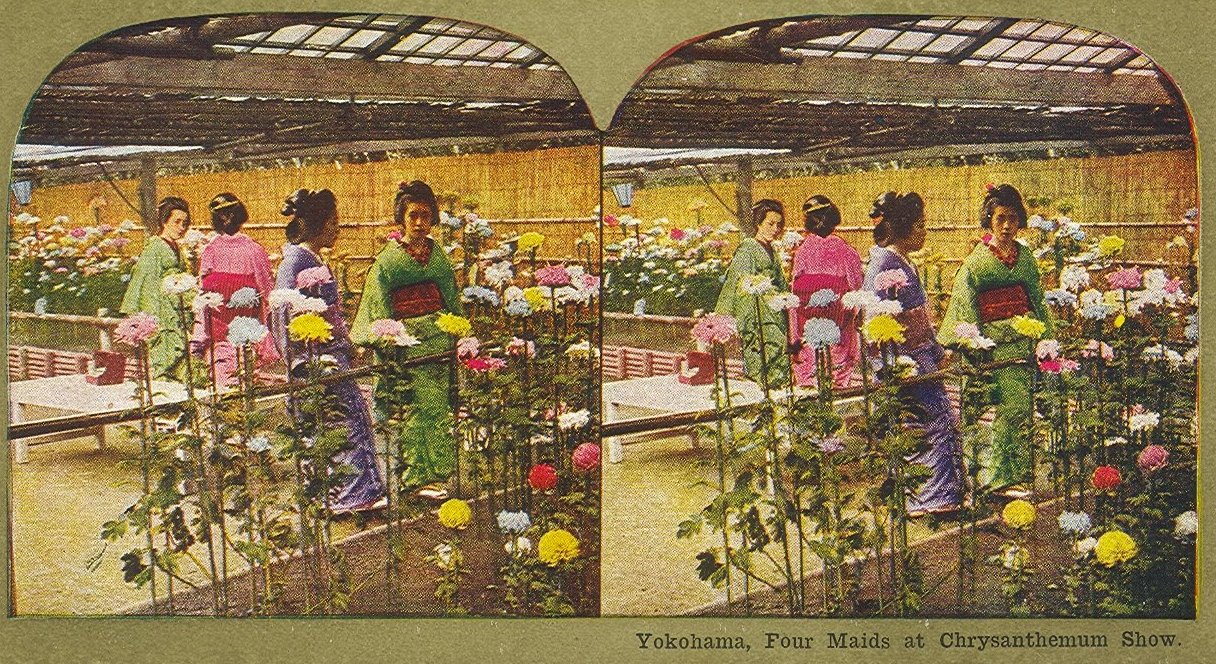Introduction
Last updated on 2024-12-31 | Edit this page
Photogrammetry is a technique also known as Structure from Motion (SfM).
Both terms are used to refer to the computing process of estimating the 3D structure of a scene from a set of 2D raster images. A photogrammetry software receives as an input a set of raster images of an object or environment and outputs a 3D model.
Definition
Defined by the American Society for Photogrammetry and Remote Sensing, photogrammetry is the practice of gathering reliable data about physical objects and environments through the recording, measurement, and interpretation of photographic images.
Photogrammetry is a highly favoured technique for documenting the shape and appearance of cultural heritage objects due to its cost-effectiveness.
Essentially, it entails taking 2D photos with a camera and using specialised software to create a 3D model.
This process involves the software initially identifying features in the images, followed by matching these features, and finally reconstructing the 3D object, with or without colour.
How does it do it?
The underlying technology is more familiar than you might think! It is based on the same principles that the ones used by our vision system to perceive the 3-dimensional world.


Because of this principle, analogue photographers in the 19th century were already producing stereoscopic and photogrammetric sets of images of many subjects1.
Does it work for everything?
There is no restriction on the scale at which photogrammetry operates.
As such, photogrammetry is performed at a variety of ranges, from microscopic images to aerial or space images.
Be aware that it does not mean it can be applied to every object. There are some restrictions for deploying this technique. For instance, it does not work well with transparent or reflective, shiny objects. Neither does it work well with objects that move constantly, like a live animal or a dress worn by someone.
While photogrammetry may not be ideal for reflective, transparent, and moving objects, there are other solutions to address such issues.
Sometimes, this includes coating an object with powder-like sprays or accessing specialised dome-shape equipment that captures the interaction of light with an object so that this can be replicated in the 3D model.
Heritage Applications
Photogrammetry can be easily deployed with basic equipment, including digital cameras and there is a variety of software ranging from free to professional with costly fees.
Thus, it can fit different project budgets and can be deployed for research, but also for archiving and for allowing wider access.
Archaeological sites
Skara Brae, Orkney by Historic Environment Scotland on Sketchfab
Museum artefacts
Architecture
Kuelap - Construcción by Ministerio de Cultura Perú on Sketchfab
Natural history
Textiles
Pink and green Spanish dress by Santa Cruz Museum of Art and History on Sketchfab
Challenge
List the objects and environments which are relevant to your own projects.
Search in SketchFab whether 3D models of these objects are available.
Reflect which might be suitable to test with photogrammetry.
